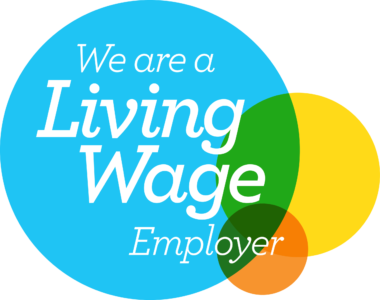In a Treasury Select Committee session held on 8 April 2020, HMRC officials dealt with a range of questions from committee members on the new Job Retention Scheme (JRS).
Jim Harra (CEO of HMRC) said that the JRS is a scheme that would normally have taken HMRC between one and two years to develop, and it has presented an enormous challenge for HMRC to put something in place in the timeframe, particularly with many of its staff now working remotely. Points that were clarified on the session included:
- HMRC have already commenced live testing of the scheme with a small group of employers
- The scheme is officially due to open on 20 April, with the first payments made by 30 April
- Payments will normally be received within 4-6 working days of the employer’s application via the HMRC portal. Claims can be made up to 14 days in advance of the employer’s payroll date and can be backdated to 1 March for those staff already furloughed
- Capacity testing of the system suggests it will cope with up to 450,000 employers applying per hour; it will be available 24 hours per day and there will be a queuing system in place to deal with peak demand, particularly in the first few days
- Further guidance on eligibility for the scheme will be published in the next week, principally dealing with the mechanics of applying for the scheme and the information that employers should compile in advance of making a claim
- HMRC intends that the majority of claims will be ‘self-serve’ by employers using the portal, to minimise the strain on the HMRC helpline
- HMRC will be carrying out certain checks before money is paid out under the scheme in order to prevent fraudulent claims, and will also be able to audit historic claims
- There were lots of questions from committee members relating to the 28 February cut-off date, meaning that the scheme does not apply to those starting new jobs post-28 February but HMRC stated that this will not be changing. The scheme will also not be extended to cover short-time working (reduced hours)
- There is no restriction on individuals seeking and undertaking work for another employer during a furlough period – the scheme is designed to protect jobs while at the same time allowing labour market flexibility for those sectors seeking additional staff
- HMRC also confirmed that rotating staff on furlough is permitted, provided they are each furloughed for a minimum of three weeks.
Questions were not raised during the session about the problematic issue of holidays, but responses to questions raised with HMRC (on twitter) together with updated guidance issued by Acas suggest that holiday will continue to accrue and can be taken during a period of furlough leave, without the furlough period being interrupted, but employers will be required to pay holiday at the ‘usual rate’. In practice we think this means that employers will still receive the 80% furlough grant but will have to top up pay to 100% in respect of any holiday period.
The content of this article is for general information only. It is not, and should not be taken as, legal advice. If you require any further information in relation to this article please contact the author in the first instance. Law covered as at April 2020.








